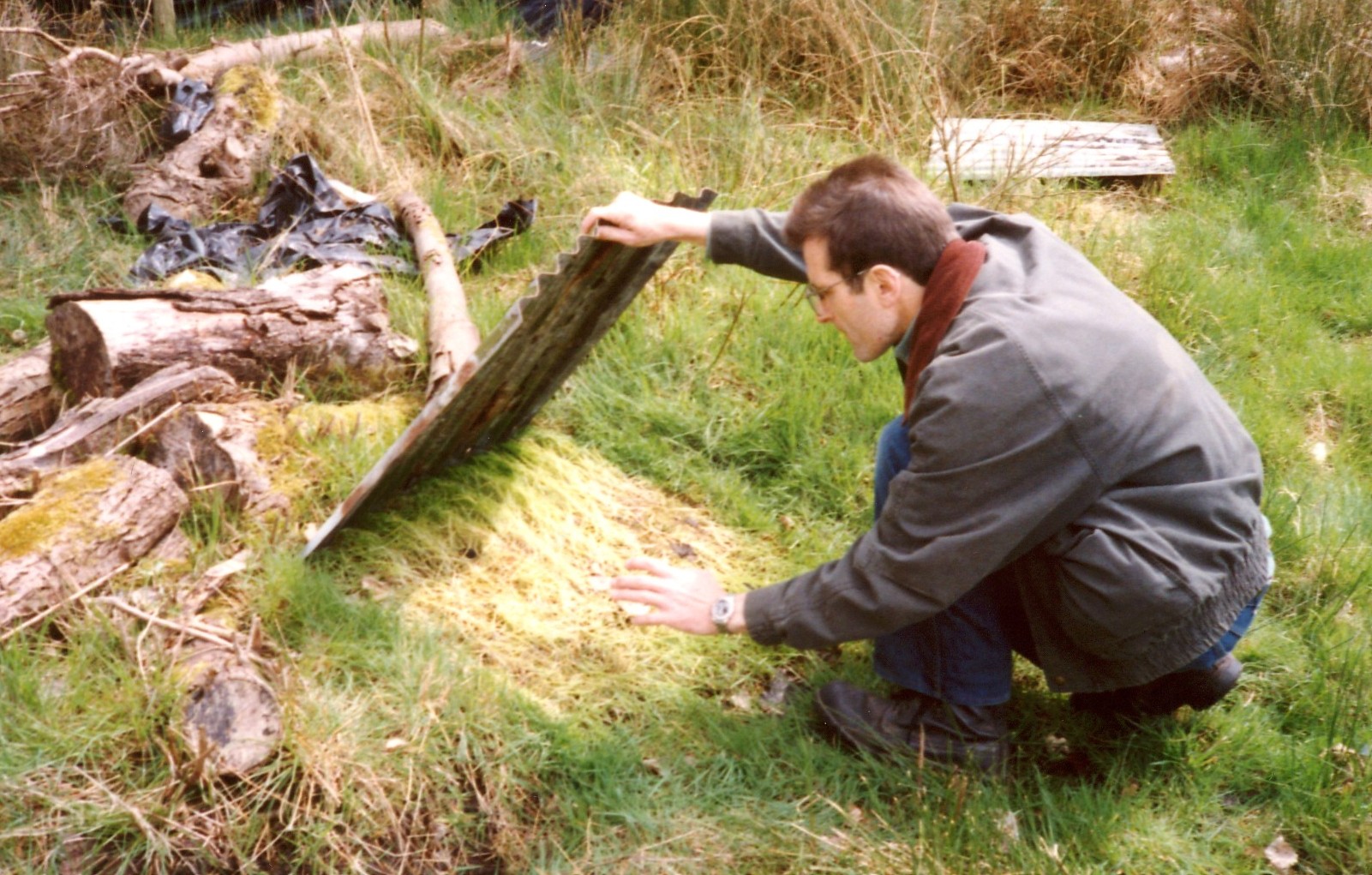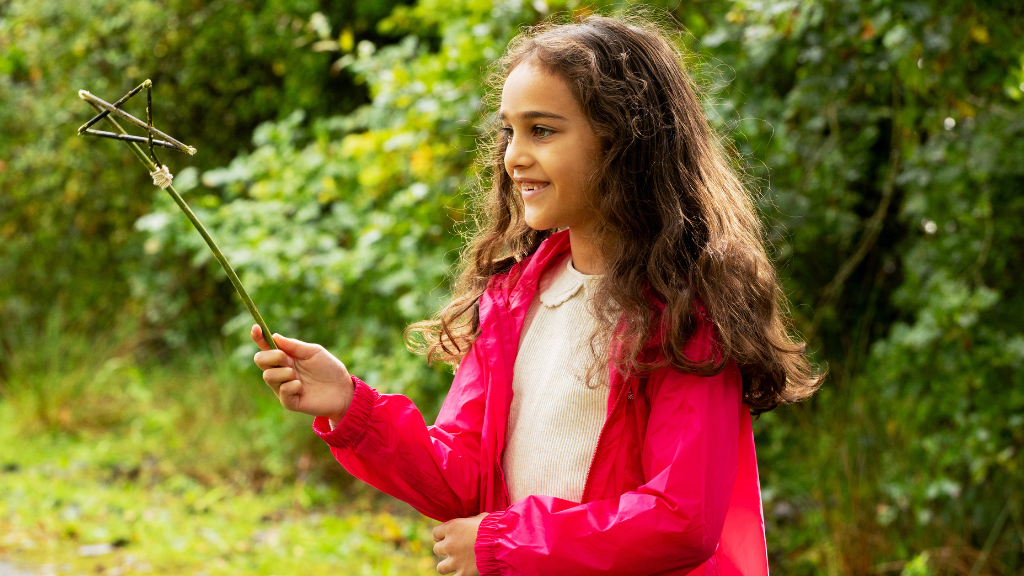Q&A with climate scientist Dr. Kimberly Huynh

World Wetland Day takes place every February, which observes the anniversary of The Ramsar Convention on Wetlands, signed on 2 February 1971 to protect these vulnerable yet crucial habitats.
As the UK’s largest wetlands charity, we celebrate wetlands 365 days a year. But the annual World Wetland Day allows us to dive deeper into the complexities of these multifaceted habitats. We speak to Dr. Kimberly Huynh, a climate scientist at Giving Green, a climate evaluator that finds evidence-based, cost-effective climate giving opportunities. Before that, she conducted extensive research on wetlands as part of her PhD.
What defines a wetland?
There are several accepted definitions for wetlands. I use the US Environmental Protection Agency’s definition, which says that wetlands are areas that support vegetation adapted to saturated soil conditions. Such vegetation includes emergent plants like cattails, which are rooted in the soil and extend from the water; floating plants like water lilies; and submerged plants.
A lot of people are familiar with swamps, marshes, and bogs, which are all types of wetlands. But something many people find surprising about wetlands is that they aren’t necessarily wet all the time. For example, seasonal pools of water that form from spring rain can be a type of wetland.
Your academic research focuses on wetlands. How did you get started?
Wetlands are the largest natural producer of methane, a potent greenhouse gas. For my PhD, I was interested in learning about the different pathways in which methane moves from the soil (where it’s produced by microorganisms), through water, and into the air. I focused on “hydrodynamic transport,” or how water stirs dissolved methane towards the air-water interface and how methane diffuses out from water into the air.
Although my research focused on wetlands, my PhD is in environmental fluid mechanics. I got started in this research through my love for fluid mechanics, which is the study of how fluids like liquid, gases, and plasmas move. It’s an interesting discipline because the same basic equations can be used in many different applications, like modelling blood flowing through a vein, calculating drag on a football, and estimating emissions from wetlands.
You have visited wetlands in different parts of the world as part of your research. Tell us about a memorable experience.
I’ve spent a lot of time capturing video footage of moving water in a rice paddy. I took night-time measurements, so I would hang out in a car in the dark, cross a narrow boardwalk to my site to record new footage every hour, and run back to the car to avoid all of the mosquitoes. My bug bites were so miserable that after one summer of doing measurements manually, I built a Raspberry Pi-based camera system to automate my work moving forward. The camera system is basically a computer in a waterproof container that I programmed to illuminate the water and record footage on a schedule. After I made a few camera systems, I was able to leave them out in the field for weeks instead of staking out the rice paddies myself.
For the annual World Wetland Day, what would your recommendations be to mark the day?
Weather permitting, you should visit your local wetland! Besides being home to a wide variety of animals, wetlands provide a bunch of benefits in terms of locking up carbon, protecting against flooding, and soaking up pollutants. There is so much to be grateful for on World Wetland Day.
You are an avid birder. London Wetland Centre attracts a significant number of birders, ranging from novices to professionals. Tell us more about your bird-watching journey.
I got interested in bird-watching after reading Jenny Odell’s book How to Do Nothing. She describes bird-watching, or “bird noticing,” as an excellent way to observe the world around you. I liked how she compared getting to know nature to learning a new language because they both unlock a new understanding that makes life feel more vibrant. I went from never noticing birds to being able to identify maybe about a hundred species by sight and several by sound.
If you’re new to bird watching, I recommend visiting a wetland, which is like bird watching on “easy mode.” Many of the birds will be obvious on the water compared to birds flitting between tree branches.



